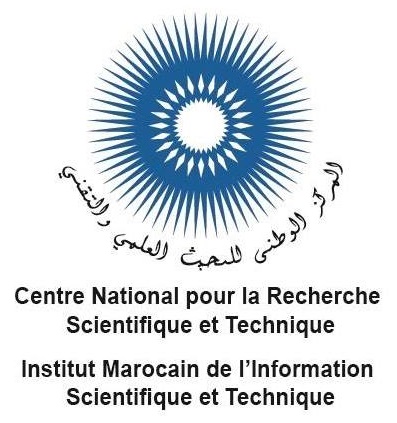Cardio Vascular Ailments Prediction and Analysis Based On Deep Learning Techniques
Keywords:
Classification, Data Mining, Decision trees, Naive Bayes, Machine Learning, Heart diagnosisAbstract
The process of data analyzing from various perspectives and combining it into useful information is called Data mining . It is used for effective prediction of heart ailment. It will be based on risk factor the heart ailments that can be defined very easily. The main objective of this project is to evaluate different classification techniques in heart diagnosis. Firstly, the heart numeric dataset is extracted and preprocessed. Then, using extraction the features that are conditioned, are found to be classified by machine learning. Compared to existing system; machine learning provides better results and efficiency. Post steps like data classification, data precision, performance criteria involving accuracy F-measure is to be calculated. Machine learning provides better results and performance of the system. The comparison measure signify that Random Forest is the best classifier that can be used for the diagnosis of heart ailment on the existing sample dataset.
Downloads
References
Vijiyarani, S., and S. Sudha, “An efficient classification tree technique for heart disease prediction”, International Conference on Research Trends in Computer Technologies (ICRTCT-2013) Proceedings published in International Journal of Computer Applications (IJCA)(0975–8887). Vol. 201, 2013.
Mohan S, Srivastava CTAG. Effective Heart Disease Prediction using Hybrid Machine Learning Techniques. IEEE Access. 2016;4:1–14. https://doi.org/10.1109/ACCESS.2019.2923707.
Comparison of Machine Learning Techniques for Prediction of Hospitalization in Heart Failure Patients Giulia Lorenzoni,1 Stefano Santo Sabato,2 Corrado Lanera,1 Daniele Bottigliengo,1 Clara Minto,1 Honoria Ocagli,1 Paola De Paolis,3 Dario Gregori,1,* Sabino Iliceto,4 and Franco Pisanò3
Feature selection and transformation by machine learning reduce variable numbers and improve prediction for heart failure readmission or death Saqib E Awan, Mohammed Bennamoun, Ferdous Sohel, Frank M Sanfilippo, Benjamin J Chow, Girish Dwivedi
Prajakta Ghadge, VrushaliGirme, Kajal Kokane, Prajakta Deshmukh, “Intelligent Heart Disease Prediction System using Big Data”, International Journal of Recent Research in Mathematics Computer Science and Information Technology, vol.2, October 2015 - March 2016, pp.73-77.
Asmi, Shabana P., and S. Justin Samuel. "An analysis and accuracy prediction of heart disease with association rule and other
Sharan Monica.L, SatheesKumar.B, “Analysis of CardioVasular Disease Prediction using Data Mining Techniques”, International Journal of Modern Computer Science, vol.4, 1 February 2016, pp.55-58.
Muthuvel, Marimuthu&Abinaya, M &Hariesh, K &Madhankumar, K & Pavithra, V. (2018). A Review on Heart Disease Prediction using Machine Learning and Data Analytics Approach. International Journal of Computer Applications. 181. 975-8887. 10.5120/ijca2018917863
Prediction of heart disease and classifiers’ sensitivity analysis Khaled Mohamad Almustafa BMC Bioinformatics volume 21, Article number: 278 (2020)
Performance Analysis of Convolutional Network System for Heart Disease Prediction Julie M. David1*Sarika S. DOI: https://doi.org/10.26438/ijcse/v9i2.1722 | Available online at: www.ijcseonline.org
Downloads
Published
How to Cite
Issue
Section
License
Copyright (c) 2021 Riddhi Kasabe, Geetika Narang

This work is licensed under a Creative Commons Attribution 4.0 International License.
Copyright on any article in the International Journal of Engineering and Applied Physics is retained by the author(s) under the Creative Commons license, which permits unrestricted use, distribution, and reproduction provided the original work is properly cited.
License agreement
Authors grant IJEAP a license to publish the article and identify IJEAP as the original publisher.
Authors also grant any third party the right to use, distribute and reproduce the article in any medium, provided the original work is properly cited.















